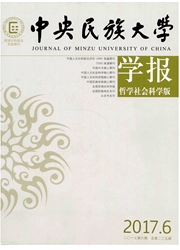

 中文摘要:
中文摘要:
选取2005-2013年我国集中连片特困区435个国定贫困县的样本数据,从金融发展规模、效率和服务程度不同维度,运用PVAR模型测度金融发展水平与贫困程度之间动态作用关系。研究结果表明:金融发展与贫困减缓存在先抑后扬的"非线性关系",在短期金融发展对贫困减缓呈现负向冲击,而长期则具有正向激励。现阶段贫困地区农村金融体制与机制缺陷,将制约金融资源与生产要素的深层结合,抑制甚至负向影响金融减贫的实践效果。贫困地区内在机制与体制的创新,才能驱动农村金融作用于贫困减缓的行为轨迹,扩张金融减贫的正向作用路径与空间,实现金融减贫的阈值跨越。
 英文摘要:
英文摘要:
This article selects the sample data of 435 poverty counties in concentrated extremely poor areas of China from 2005 to 2013, and analyzes the dynamic function relationship between financial development and poverty level from different dimensions of financial development scale,efficiency and service level by using PVAR model. The results show that there is a rise-after-fall nonlinear relationship between financial development and poverty reduction,which means a short term of negative impact of financial development on poverty reduction,but a long-term of positive incentives. At the present stage,the defects of rural financial system and mechanism will restrict the deep combination between financial resource and production factors,restrain or even have a negative influence on the effect of poverty reduction. Only the innovation of rural financial system and mechanism can drive rural finance to play its role in poverty alleviation,expand the positive path and space of financial poverty alleviation,and realize a threshold crossing of financial poverty reduction.
 同期刊论文项目
同期刊论文项目
 同项目期刊论文
同项目期刊论文
 期刊信息
期刊信息
